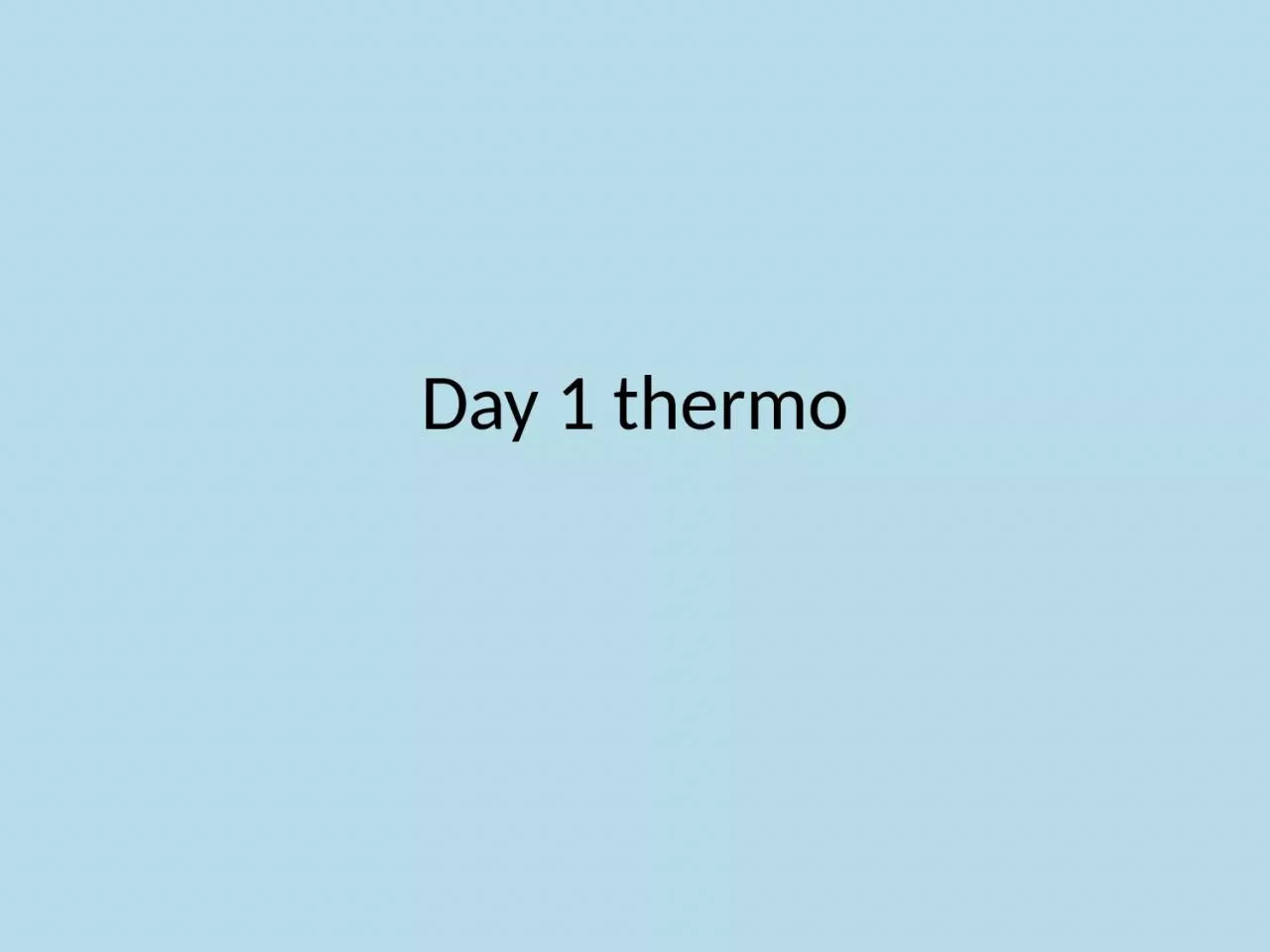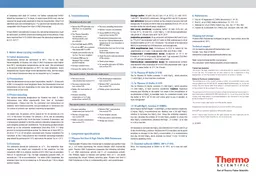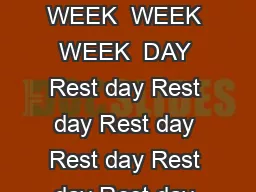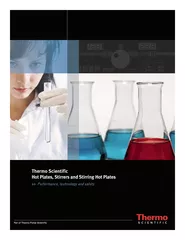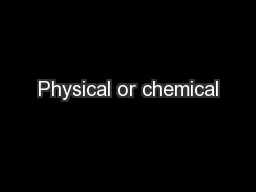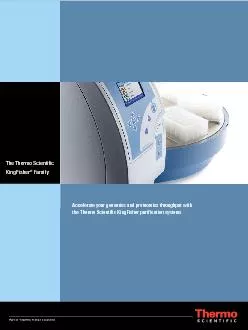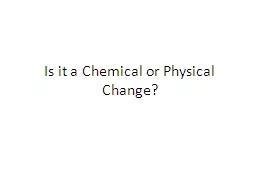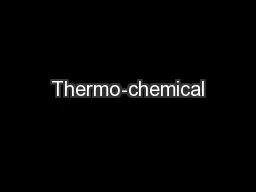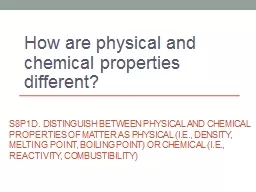PPT-Day 1 thermo Warm Up 8.1: Determine if the following is chemical or physical
Author : joanne | Published Date : 2024-03-13
Boiling water Rusting Evaporation Decomposing Baking Freezing Warm Up 81 Determine if the following is chemical or physical answers Boiling water physical Rusting
Presentation Embed Code
Download Presentation
Download Presentation The PPT/PDF document "Day 1 thermo Warm Up 8.1: Determine if t..." is the property of its rightful owner. Permission is granted to download and print the materials on this website for personal, non-commercial use only, and to display it on your personal computer provided you do not modify the materials and that you retain all copyright notices contained in the materials. By downloading content from our website, you accept the terms of this agreement.
Day 1 thermo Warm Up 8.1: Determine if the following is chemical or physical: Transcript
Download Rules Of Document
"Day 1 thermo Warm Up 8.1: Determine if the following is chemical or physical"The content belongs to its owner. You may download and print it for personal use, without modification, and keep all copyright notices. By downloading, you agree to these terms.
Related Documents

